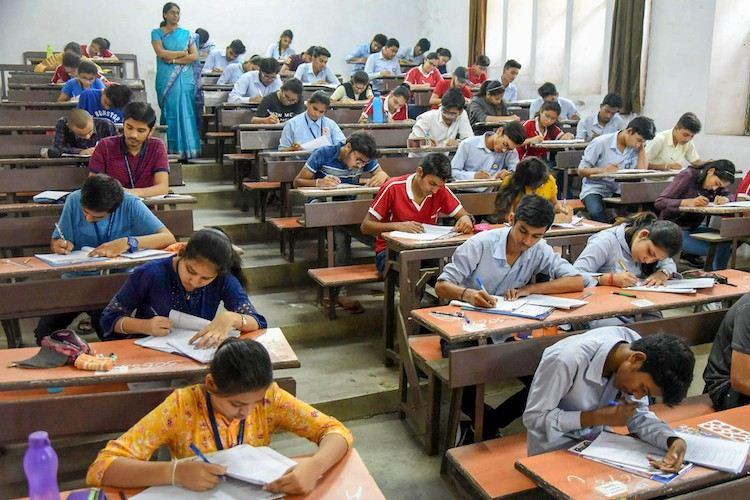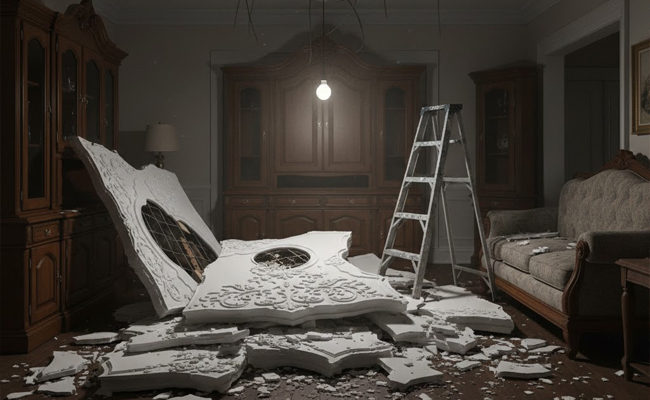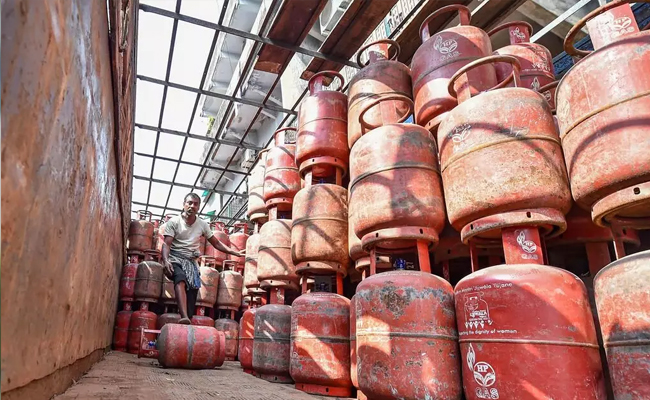New Delhi: The result for JEE-Mains was announced on Friday with 24 students scoring 100 percentile in the engineering entrance exam which was postponed twice in view of the COVID-19 pandemic.
While Telangana has maximum 100 percentile scorers at 8, Delhi is at the second spot with 5 hundred percentile scorers followed by Rajasthan (4), Andhra Pradesh (3), Haryana (2 ) and one candidate each from Gujarat and Maharashtra.
The Joint Entrance Exam (JEE)-Mains for admission to engineering colleges was conducted from September 1 to 6, amid stringent precautions and social distancing measures in view of COVID-19 pandemic.
Staggered entry and exit for candidates, sanitisers at the gate, distribution of masks and maintaining distance as candidates queued up, were among the scenes witnessed at the exam centres across the country.
A total of 8.58 lakh candidates had registered for the JEE-Mains exam for admission to engineering courses in IITs, NITs and Centrally Funded Technical Institutions (CFTIs) while only 74 per cent of them had appeared for the exam.
Increasing the number of examination centres, alternate seating plans, fewer candidates per room and staggered entry and exit were among the steps taken by the National Testing Agency for safely conducting the crucial exam.
While the governments of Odisha, Madhya Pradesh and Chhattisgarh had assured students that they would provide transportation to candidates, a group of IIT alumni and students also launched a portal to provide transport facilities to exam centres for the candidates in need.
There had been a growing chorus for postponing JEE-Mains and medical entrance exam NEET amid the rising number of COVID-19 cases.
The Supreme Court had earlier dismissed a plea seeking postponement of the two exams amid a spurt in the number of COVID-19 cases, saying a "precious year" of students cannot be wasted and life has to go on.
Based on the results of the JEE-Mains Paper 1 and Paper 2, the top 2.45 lakh candidates will be eligible to appear for the JEE-Advanced exam, which is a one-stop exam to get admission into the 23 premier Indian Institutes of Technology (IITs). JEE-Advanced is scheduled to take place on September 27.
Let the Truth be known. If you read VB and like VB, please be a VB Supporter and Help us deliver the Truth to one and all.
Thane (PTI): A 45-year-old man was killed, and his wife and son were injured when a portion of plaster from the ceiling collapsed in their flat in a seven-storey building in Thane on Saturday, officials said.
Chief of the Regional Disaster Management Cell, Yasin Tadvi, said the 16-year-old building is not listed in the "dangerous" category.
"The incident occurred in Karumdev Society at about 3 am. The plaster of the hall in a flat on the terrace floor suddenly fell while the occupants were asleep", he said.
Of the four people who were inside the room, two suffered minor injuries and were discharged after primary treatment, Tadvi stated.
The injured persons were identified as Arpita More (42), who suffered minor head injuries, and her son Arush More (16), who sustained injuries to both legs.
Manoj More (45), who sustained chest injuries, died during treatment at a private hospital.





